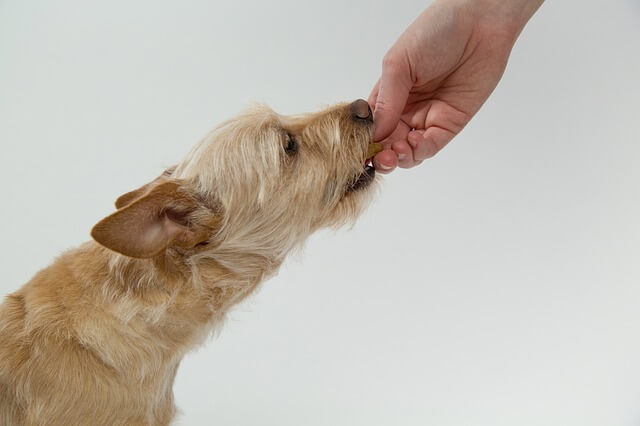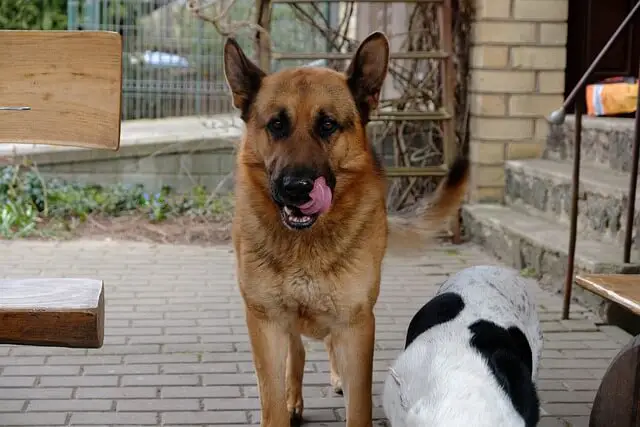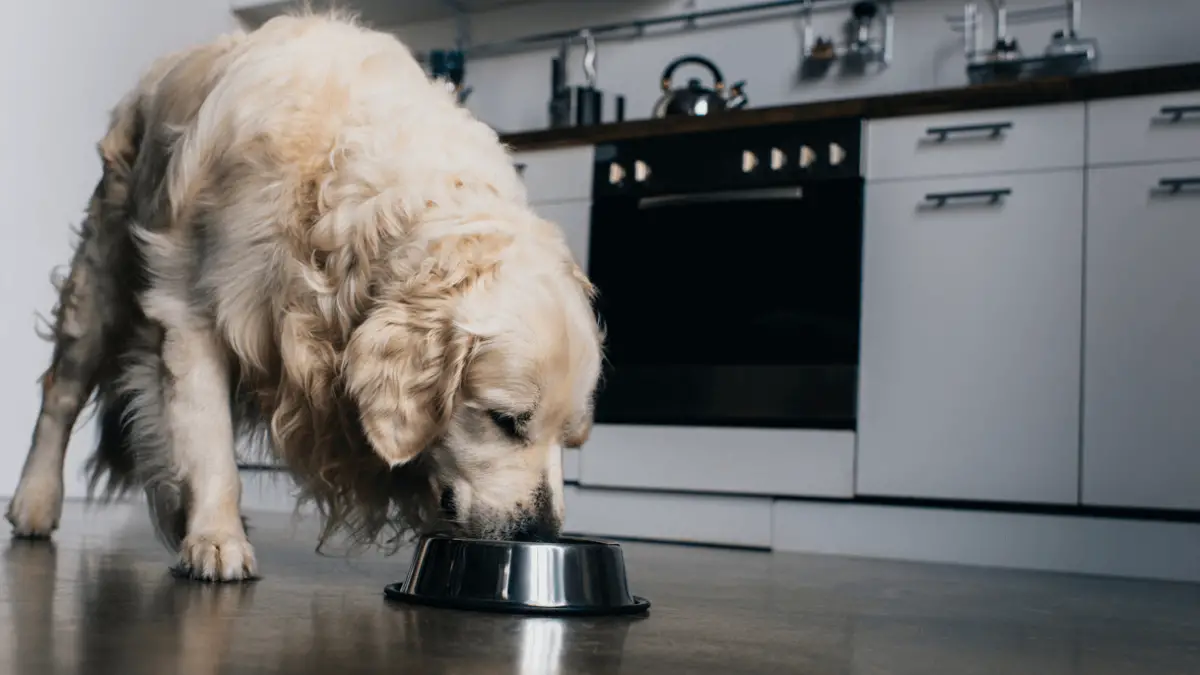Here Are 7 Ways to Naturally Stimulate Appetite in Dogs
10.12.2021.
Dogs can stop eating for all sorts of reasons. The most common ones are stress, life changes, or sickness. If you are worried about your dog’s health and want to help them, you should know how to safely stimulate appetite in dogs. This can seem pretty easy to resolve since dogs usually love nothing more than eating, but you might be surprised. If you don’t want to use supplements or include something your dog doesn’t typically eat, here are a few ways you can stimulate appetite in dogs.
1. Increase vitamin B consumption
Vitamin B is a natural appetite stimulant. It is something even humans are using for boosting someone’s appetite. There are vitamin B supplements you can get for your dog, but if you don’t want to take that approach, you can simply increase natural foods rich in vitamin B. You can do that by giving your dog things like whole grains, legumes, eggs, oranges, avocados, liver, and meat like fish or poultry. These vitamin B sources have all types of vitamin B present in them and can boost your dog’s appetite in the long run.
2. Increase activity
One of the natural ways to stimulate appetite in dogs is increased physical activity. You probably already know this simply because physical activity has the same effect on us. When you work hard for a couple of hours, your body starts burning a lot of calories. Naturally, your body will start “demanding” you replenish it, and how can you do that other than eating? The same goes for dogs. If you want to stimulate your dog’s appetite, try increasing their physical activity. They will become hungry and enjoy their food.

3. Hand feeding
Some dogs refuse to eat because they want love and affection. In some cases, dogs only want attention. If the behavior is getting a bit out of hand and your dog is really not eating a lot of food, you need to step in and make sure the dog gets enough food in them to remain healthy. This might not be a massive problem because adult dogs can go up to 5 days without eating. However, it’s not healthy for them, and they need to eat. If you think you have that problem, hand feeding your dog might offer a short-term solution. Give your dog their food, pat them on the back, and use an encouraging voice to make them feel safe and comfortable while they eat. Most dogs won’t refuse to eat if their owner is close to them.
4. Warm water
Another great way to stimulate appetite in dogs is to offer them food mixed with a bit of warm water. Constantly eating dry kibble isn’t usually a problem for most dogs. Still, some might need an extra incentive to eat normally. Warm water will water down the dog’s kibble, make it softer, and make the smell more intense. Many dogs find it irresistible and will start gobbling their food as soon as they can smell it. Plus, a warm meal might be very good for dogs, every now and again.

5. Eating schedule
Some dogs can free feed, which means you can simply leave their food in their bowl. They will eat when they’re hungry and will never stuff their faces. Even if you leave more food than they usually eat, they will simply eat their usual dosage and leave the rest in the bowl. However, some dogs will eat until the bowl is empty. If your dog is like that and suddenly stops eating, you have to make sure you have a regular feeding schedule. If you feed your dog twice a day, make sure it’s at the same time every day. Don’t mix it up because dogs thrive on strict schedules. They might refuse to eat if you feed them at different times each day.
6. Environment change
If your dog usually eats in the kitchen, you can try to move their bowls in the living room. Who knows what emotions your dog is feeling while eating. Perhaps something stressful happened to them in the kitchen while you weren’t home. They could have hurt themselves, or something might have scared them. These things can trigger painful memories that will decrease the dog’s appetite immediately. Try simply moving the dog’s food bowl to a different environment and see if that works.

7. Make it fun
Make eating their meal a fun experience or activity. If the dog is not eating for psychological reasons, “tricking” them into eating their meal might work. You can make feeding a fun game. The first thing we would try is the shell game. Make your dog feel they have to earn their meal by guessing where you hid their kibble. You can also engage their noses a bit. Organize a “food hunt,” where your dog has to use their superior sense of smell to find where you have hidden a bit of their food. Use 4 or 5 locations that might be easy to discover, and your dog will feel like they just found a secret stash of food, and eating will be their reward.
When should you contact the vet?
A dog that refuses to eat can be very stressful for their owner. However, most cases of dogs refusing to eat, resolve themselves within 24 hours. The dog might simply feel bad or, perhaps, they ate something that’s causing them stomach issues. However, there are times when you should get worried and make sure your vet is informed.

If your dog seems completely fine with a normal appetite, then suddenly they stop eating, you should call your vet. The same goes for cases where the dog won’t eat longer than 24 hours. If you notice your dog has other symptoms like diarrhea, vomiting, loss of coordination, panting, increased salivation, or any other worrying sign, it’s best to play safe and call your vet.
VET TIP: The most important thing to look for in dogs that refuse to eat is their overall behavior. If the dog seems otherwise fine and they simply refuse to eat, chances are the condition will resolve itself. However, it would be best to call your vet and ask for advice.
World Dog Finder team







Share